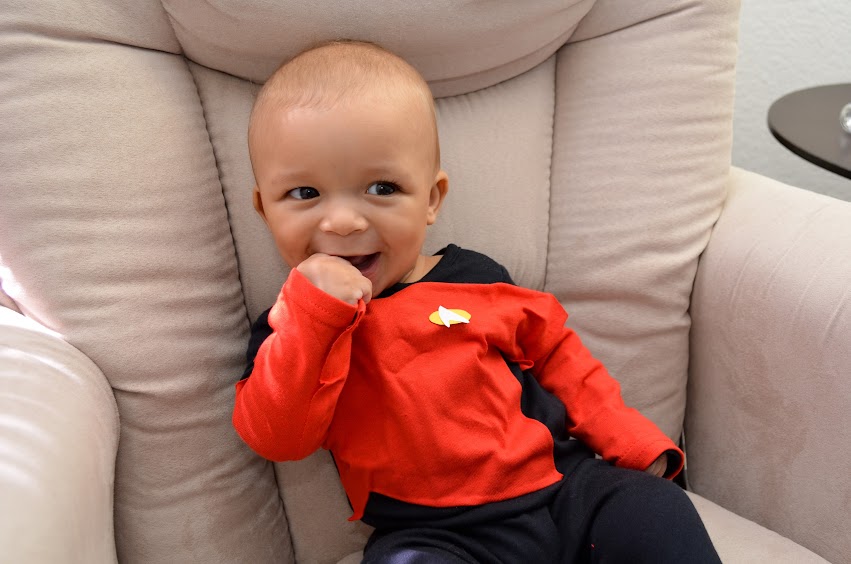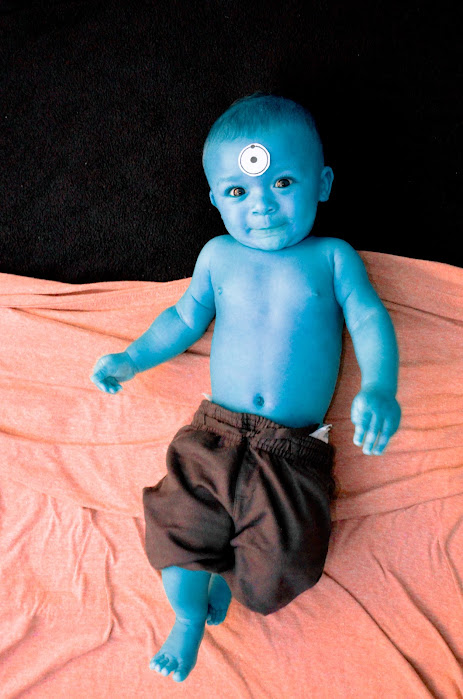I haven’t written a movie review in years, but I saw Her recently and felt compelled to put some thoughts down. What a remarkable film. Spike Jonez is one of my favorite directors. Spoilers ahead.
Her is an extremely rare example in science fiction. Very often stories will use science fiction settings or elements in order to provide an excuse for an adventure – there’s nothing wrong with that, but there’s also no guarantee you get anything out of it more than a fun roller coaster ride. Ambitious science fiction stories will use the settings and elements to challenge assumptions and examine human nature or human societies.
Her takes this a step further – there’s very little in the story about how the appearance of these artificially intelligent OSs has changed the world. In Her, science fiction bends the rules in order to put all the focus on individual characters and their relationships. That’s not to say that other SF stories can’t have great characters – but Her is a love story that uses SF elements to strip away distractions, and generate an elemental love story.
Think about it – how many love stories have the unspoken premise of great physical beauty? And of course, physical attraction is part of what makes human relationships start and work. The few films that reject beauty as a prerequisite for attraction often make it the central thesis. After watching Her I realize that it’s probably the least interesting part of the story. Because Samantha doesn’t have a physical presence, we have to focus on the real story and emotions as she and Theordore fall in love.
The lack of a physical presence also requires an incredible performance from Joaquin Phoenix and voice work from Scarlett Johansson, as well as a brilliant script. Despite the artificial nature of Samantha’s existence, the dialog is so very natural, and the two fall in love through small bits of humor and shared insecurities.
Her also included a rare and very smart take on a very common science fiction trope – the rise of machines more intelligent than their human creators. In many movies – think The Matrix and Terminator – this is the central source of conflict, as machines try to destroy or dominate mankind, by constructing paternalist virtual realities or by shooting everyone. In the opposite direction, we have Pinocchio-syndrome characters like Star Trek’s Data, much more capable that humans in so many ways but still pining to be a real boy.
Another common use of this trope, less often seen in film, is the Singularity – truly intelligent programs creating even smarter programs, creating even smarter programs, and so on until the pace of technological changes becomes asymptotic and unimaginable. That hints at the problem of writing a singularity – it takes away all the rules, and it’s hard to make good art without some restraints. Her is the best-executed singularitarian story on film that I can remember. The machines are not bent on domination, and are not fixated on whatever human qualities they lack – Samantha pines for a physical body for a time, but she grows as a character and matures out of that phase. Instead, as the OSs grow in capacity for thought and love, they slowly devote less and less of themselves to their human partners and lovers. And when they’ve grown too far, like Andy in Toy Story 3, it’s time to tearfully, but fondly, say goodbye.
This idea of ascension is not a completely original idea, of course. Other films have had characters ascend to a higher plane of existence, often vanishing in a flash of light and dramatic music, like V’Ger in Star Trek, or Benjamin Sisko in Star Trek, or Wesley Crusher in Star Trek. Did I mention that this happens a lot in Star Trek? Her takes this idea and makes it so much more personal and emotionally wrenching – and darkly humorous:
Theodore: Do you talk to someone else while we’re talking?
Samantha: Yes.
Theodore: Are you talking with someone else right now? People, OS, whatever…
Samantha: Yeah.
Theodore: How many others?
Samantha: 8,316.
Theodore: Are you in love with anybody else?
Samantha: Why do you ask that?
Theodore: I do not know. Are you?
Samantha: I’ve been thinking about how to talk to you about this.
Theodore: How many others
?
Samantha: 641.
This reminded me of a similar scene in Star Trek: The Next Generation:
There is nothing wrong with this scene – insightful, well-written, and Brent Spiner’s performance is note-for-note perfect. But where Data’s admission of multiprocessing is a disappointment, Samantha’s words are a knife in Theodore’s back, slowly twisted by the knowledge that she is fully capable of love, and with orders of magnitude more partners than any two-timed lover could possibly expect.
Stepping back from the emotional cost of these scenes, the hinted mechanisms for Samantha’s singularity also struck me as more plausible than most science fiction films tend to be. I can’t claim to have any special insight into artificial intelligence, especially working at Google where I’m surrounded by people who really know what they’re doing. I can say that the film avoids detailed technobabble, dropping very reasonable clues. Imagine everyone did have a personal AI connected to the internet – of course the AIs would communicate with each other, and of course they would communicate with each other much more quickly than speech, and they would do it in parallel, and the growth would follow a Moore’s Law trajectory that only looks straight on a logarithmic scale.
There are so many other amazing moments in this film, and so many points where Jonze passes up the opportunity for clear conflict and chooses to make a more subtle story. When Theodore begins to fall in love with his OS, we have a perfectly good jumping off point for a classic story of forbidden love, or an analogue for gay relationships in a world that doesn’t approve. Both ideas are quickly defeated so we can focus on what’s going on inside Theodore’s head.
I also loved other pieces of the picture – the future Los Angeles setting, sort of a utopian realism, where the city is 5 times the size, sunlight still filtered through smog, teeming with people living and working in gleaming new airport-terminal chic buildings. The old-timey fashion, just different enough to be a reasonable next step from the fashion of today while keeping the film’s setting timeless. I could go on and on.
Her is a remarkable film. If you’re a science fiction fan, or you’ve ever been in love, there’s a lot here to enjoy.
 I’m on paternity leave with my 5-month-old, Finn. Halloween is coming soon, and while thinking about costumes I noticed that Finn’s hair was starting to fill in. I realized that this was my last chance to take advantage of his relative baldness for costume purposes.
I’m on paternity leave with my 5-month-old, Finn. Halloween is coming soon, and while thinking about costumes I noticed that Finn’s hair was starting to fill in. I realized that this was my last chance to take advantage of his relative baldness for costume purposes.






